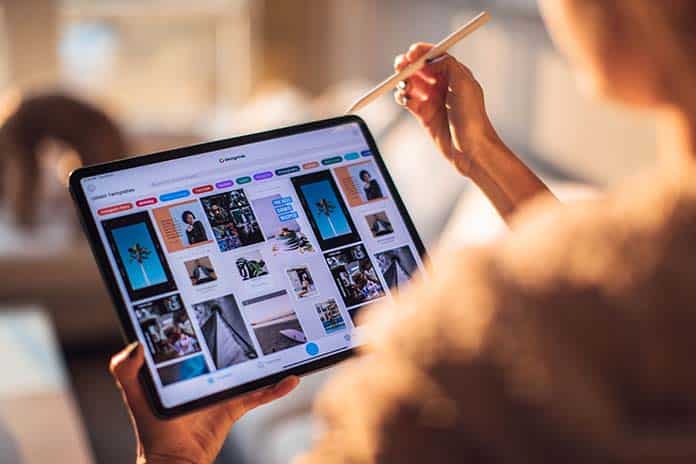No one has predicted the events that will change the world this year, but one thing is clear: technology is affected as much as any other part of our lives. Therefore, in this article, we want to analyze the technology trends in 2021.
In many ways, Covid-19 acts as a catalyst for a host of changes that were already predictable thanks to our increasingly online and digitized lives. Things are going to happen faster now, with the need to push it forward.
1. Artificial Intelligence (AI)
Artificial intelligence is undoubtedly one of the biggest trends today, and during the year 2021, it will become an even more valuable tool. With it, we can interpret and understand the world around us.
The amount of data we collect on healthcare, infection rates, and measurement success, for example, will continue to grow. Machine learning algorithms will have more information, and solutions will be increasingly sophisticated.
The challenge for companies is to understand the changing patterns of customer behaviour. More human activities will take place online: shopping, socializing, virtual workspaces, meetings and hiring.
2. Robots, Drones and Vehicle Automation
In recent years, we have seen the advent of robots in areas of care and assisted living. Rather than completely replacing human interaction with caregivers, which is so important to many people, robots can open up new communication channels. The robots will also take care of both the cleaning and the security of the empty spaces.
Drones are used to deliver life-saving drugs, monitor pedestrian traffic in public places and identify places with a higher risk of virus transmission.
Increasing the efficiency of the public transport network is a priority for both service providers and authorities. Consequently, initiatives around autonomous vehicles will continue at an increasing pace.
3. The Revolution In The Service Sector
The services that we need, with which we live and work through cloud-based on-demand platforms are key to new technology trends.
Artificial intelligence (AI) and robotics are one way for almost every business to reach many customers. And regardless of your size or budget.
Companies like Google, Microsoft, Amazon, and an ever-growing horde of startups and spin-offs have plenty of cloud offerings. This enables companies in all fields to use state-of-the-art technology with a limited initial investment in specialized tools, equipment or employees.
An example of this is Zoom, which recognized the demand and quickly added servers or increased their range and quality of services at the beginning of the pandemic. They could make a name for themselves thanks to their cloud-based character and their partnerships with their service providers.
In 2021 and beyond, this flexibility and speed will become increasingly important.
4. 5G and Advanced Connectivity
A faster and more reliable Internet doesn’t just mean we don’t have to wait any longer. Each successive advancement in 3G mobile connectivity has opened up new use cases for the Internet:
- 3G has made Internet browsing and data-driven services usable on mobile devices.
- 4G has led to the growth of video and music streaming platforms.
- 5G will also open more doors to what is possible.
5G stands for services based on advanced technologies such as augmented reality and virtual reality and cloud-based gaming platforms that can be deployed anywhere, anytime.
5. Augmented Reality (AR) and Virtual Reality (VR)
These terms include technologies that use glasses or helmets to project computer-generated images directly into the wearer’s field of vision.
Augmented reality (AR) takes place when the perception of reality is amplified through computer-assisted animation. Virtual reality (VR) is invoked when the user is placed in a fully computer-generated environment.
Thanks to these technologies, medical examinations and diagnoses can increasingly be performed remotely. Besides, we will see an increase in virtual reality and augmented reality tools in the education sector, and the fight against pandemics is also supported by augmented reality. For example, warnings may appear when we move to areas where the infection has spread widely. Or we are reminded to wash our hands.

